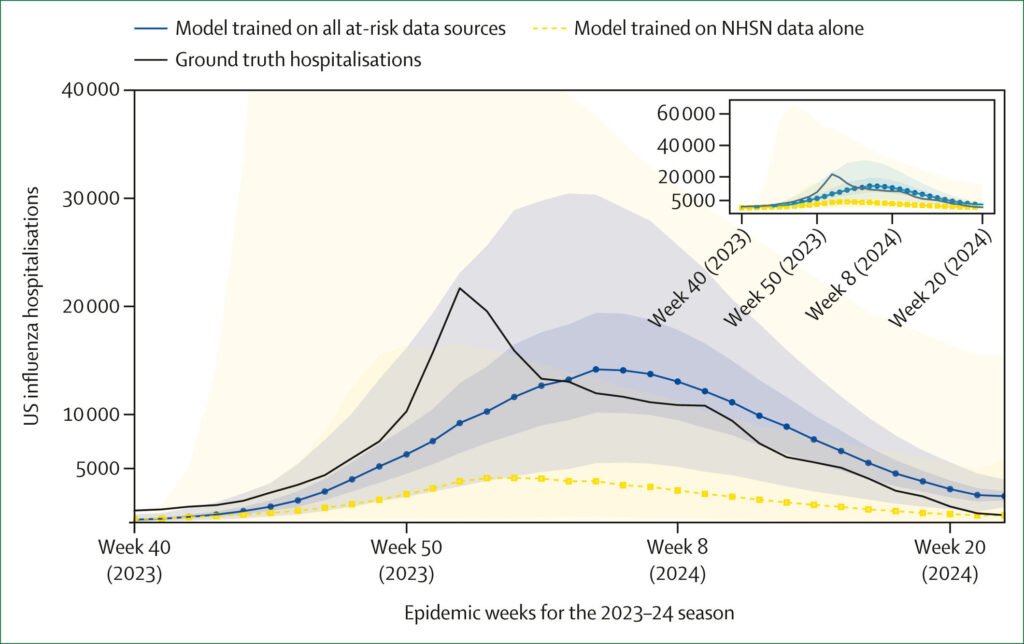The importance of public health data cannot be understated, especially during critical times like flu season. Tom McAndrew, a computational scientist and associate professor at Lehigh University, recently published a paper in The Lancet Digital Health, shedding light on the consequences of restricting access to vital public health data. This data is crucial for researchers and healthcare providers to make informed decisions about treatment and prevention strategies.
During the peak flu season, Pennsylvania typically sees around 1,000 hospitalizations per week. However, last year, this number skyrocketed to 4,000 hospitalizations per week, marking one of the worst flu seasons in over a decade. The challenges escalated when executive orders were issued to limit the release of public health data by federal agencies, including the Centers for Disease Control and Prevention (CDC).
The sudden removal of crucial public health information posed significant obstacles for researchers like McAndrew, who rely on this data for flu forecasting. While some data has been reinstated, the incident has left researchers feeling uncertain about the future. This unprecedented event has raised concerns about how to better prepare for similar situations in the future and ensure the availability of essential public health data.
In their study, McAndrew and doctoral student Garrik Hoyt analyzed the impact of reducing public health datasets on flu forecasting. They found that access to comprehensive data significantly improved the accuracy of flu season predictions, enabling better public health decision-making. The study highlights the risks associated with limiting data access during public health crises and emphasizes the need for transparent and open datasets to support informed decision-making.
Moving forward, McAndrew advocates for a strategic national plan to safeguard public health data and involve diverse stakeholders in the data collection process. Ensuring local control over government-hosted datasets is crucial to preserving valuable information that informs public health policies and interventions.
The human aspect of research is also emphasized in Hoyt’s work, as he focuses on the effects of reducing the number of public health officials and expert opinions. By showcasing the real-world applications of data science in flu forecasting, researchers like Hoyt aim to inspire future generations of data scientists and contribute to the well-being of communities impacted by infectious diseases.
The findings of McAndrew and Hoyt’s research underscore the importance of maintaining access to public health data for effective disease surveillance and response. By valuing expertise, transparency, and collaboration in data collection and analysis, we can better prepare for public health challenges and safeguard the health of communities across the nation.


